Pruning Photinia Shrubs: How And When To Prune A Red Tip Photinia
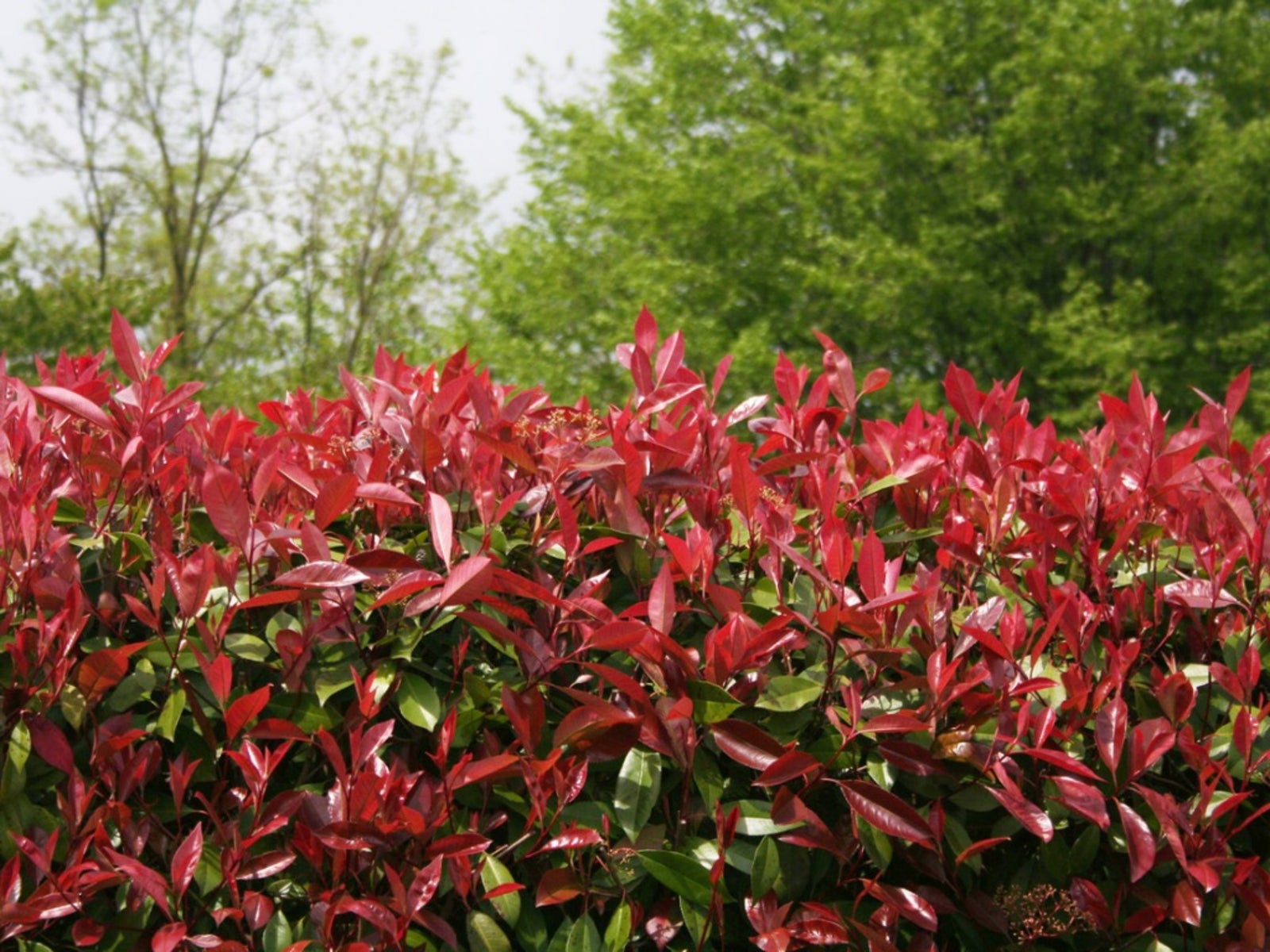

Learning about pruning care for red tip photinia is not as straightforward as it initially appears. These lovely shrubs grow well in the eastern half of the United States, but have found their greatest appreciation in the South where they are grown close together to form massive hedges of gorgeous red and green.
Trimming red tip photinia became a regular and frequent garden chore to constantly challenge the shrubs to put out more of the new, red growth that makes them so attractive.
Pruning Photinia Shrubs
Unfortunately, cutting back photinia shrubs also encourages the spread of a devastating fungus, commonly known as photinia leaf spot, that favors the tender new leaves of the shrub. So let's begin by saying that if you live in an area plagued by this leaf spot, pruning photinia, particularly those grown close together, is not a good idea. If you feel you must, then when to prune red tip photinia becomes crucial.
Only trim during the dry, dormant months to control growth, then meticulously clean up all the clippings immediately after trimming. Red tip photinia in these areas will also benefit from some selective pruning out of branches to allow better air circulation as the density of growth also adds to the severity of the disease.
Cutting back photinia shrubs that are single, healthy specimens in these areas or in southern areas that are unaffected by this leaf spot is perfectly okay. For the rest of the world where photinia are grown -- trim away!
How and When to Prune a Red Tip Photinia
Unless you are growing these shrubs for a wind screen or have a huge amount of garden space, pruning care for a red tip photinia is a must. These are fairly fast-growing plants that can quickly grow out of control and cutting back photinia plants that have outgrown their environment can rejuvenate the shrub and encourage new growth, making it a welcome addition to the landscape once more. Pruning photinia properly can increase air circulation and access to sunlight, which the plant needs for energy.
Trimming red tip photinia will give your plant the size and shape that you require and will, as stated before, encourage the growth of those lovely red tips. For a plant in good health, when to prune a red tip photinia is largely a matter of how large you want your shrub to be and how red you want to keep it. All shrubs benefit from a spring cleaning, getting that wild new growth out of the way, and removing dead or damaged branches.
Gardening tips, videos, info and more delivered right to your inbox!
Sign up for the Gardening Know How newsletter today and receive a free copy of our e-book "How to Grow Delicious Tomatoes".
Whatever size or shape you choose, for proper pruning care of red tip photinia, always keep the shrub wider at the base than the top so that sunlight reaches the lower branches. As with all shrubs, more formal shapes require more pruning. Photinia is no exception. If it fits with your landscape, a more relaxed growth habit also means more relaxed care.
For a less formal look, try trimming branches to different lengths. Any type of trimming tool is fine for cutting back photinia shrubs as long as the blades are sharp. Long handled, manual shears or electric hedge clippers work equally well for pruning photinia branches of a half inch (1.5 cm.) diameter or less.
While there are shears out there that will handle larger diameters, lopping shears, also known as loppers, are better for cutting back photinia branches larger than that. Cuts will be cleaner and easier on the hands.
Whatever tool you decide to use, make sure the instrument is thoroughly cleaned after use to prevent the spread of disease. One last point concerning when to prune a red tip photinia or rather when not to: if you live in an area where frost or freezing temperatures occur, don't prune after mid-August. The resulting new growth may be too tender to survive.
These shrubs are outstanding for adding color and interest to the garden landscape and with just a little pruning care for red tip photinia, you'll have a specimen to be proud of.

Jackie Rhoades began writing for Gardening Know How in 2010.
-
 Looking For Plants To Give You The Soft And Fuzzies? Try These 5 Fuzzy Leaf Plant Options
Looking For Plants To Give You The Soft And Fuzzies? Try These 5 Fuzzy Leaf Plant OptionsLovers of texture, drama, silver foliage and tactile plants will adore these special sensory garden additions. These fuzzy leaf plant options will leave you all aglow
By Susan Albert
-
 Get Ready For A Summer Of Hummers! Grow These Full Sun Hummingbird Plants and Flowers
Get Ready For A Summer Of Hummers! Grow These Full Sun Hummingbird Plants and FlowersIf you’re lucky enough to enjoy a sunny backyard, make sure you are maxing out on your pollinator opportunities and grow these full sun hummingbird plants and flowers
By Tonya Barnett
-
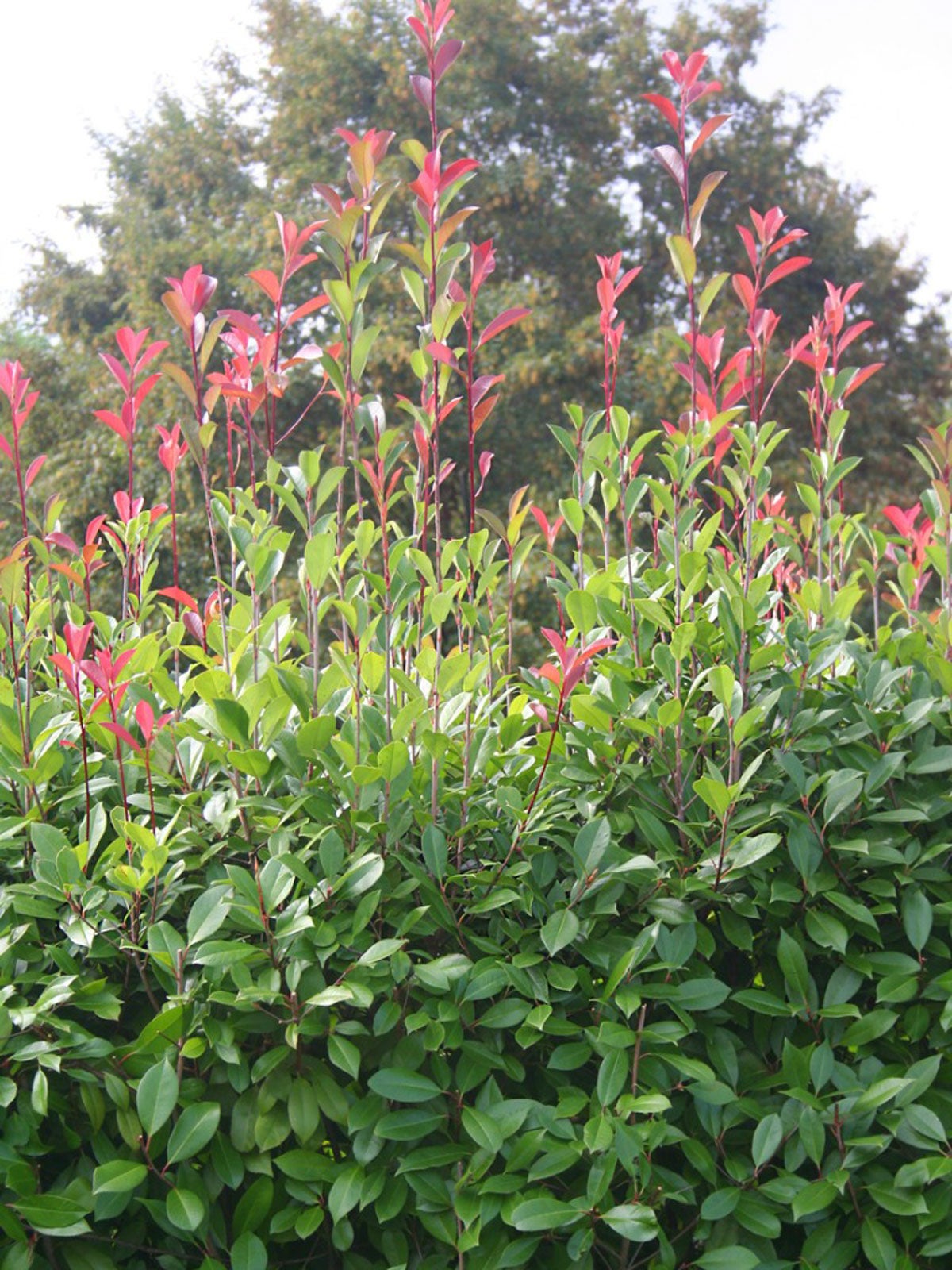 Photinia Removal – How To Get Rid Of Photinia Shrubs
Photinia Removal – How To Get Rid Of Photinia ShrubsIf you have an unwanted photinia shrub, it requires patience to get rid of the wayward plant. Click this article for tips on removing photinia from the garden.
By Mary H. Dyer
-
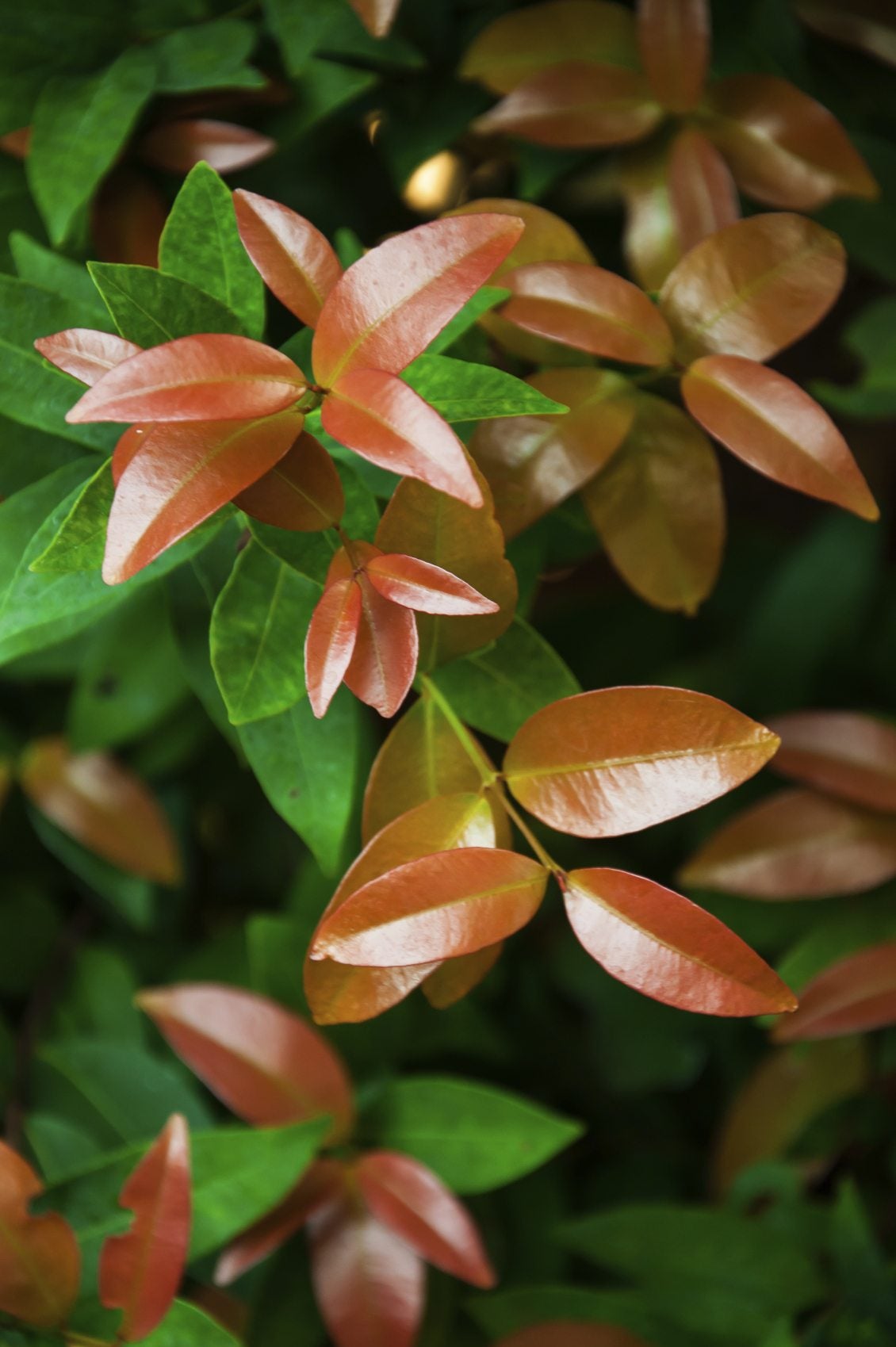 Rooting Photinia Cuttings: How To Propagate Photinia Cuttings
Rooting Photinia Cuttings: How To Propagate Photinia CuttingsPhotinia is a common sight in eastern landscapes. Many gardeners feel that they can never have enough of these colorful shrubs. Read this article to find out how to save on your landscaping bills by propagating photinia from cuttings.
By Jackie Carroll
-
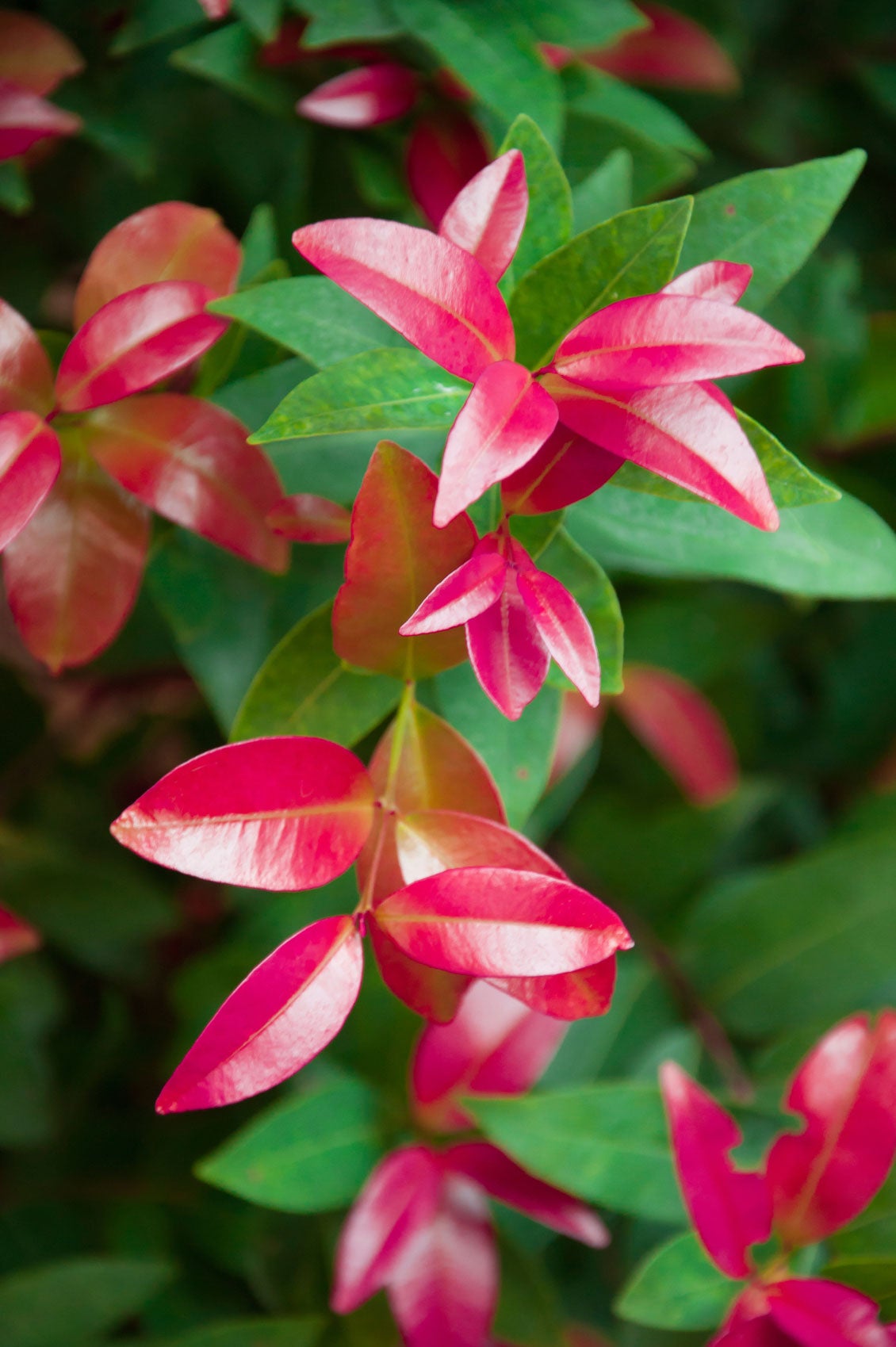 Red Tip Photinia Fertilizer: How And When Should I Feed My Red Tip Photinia
Red Tip Photinia Fertilizer: How And When Should I Feed My Red Tip PhotiniaRed tip photinia provides a lovely backdrop in the garden. Keeping the shrub healthy includes feeding photinia. Read this article for more information on when and how to fertilize photinia plants.
By Bonnie L. Grant
-
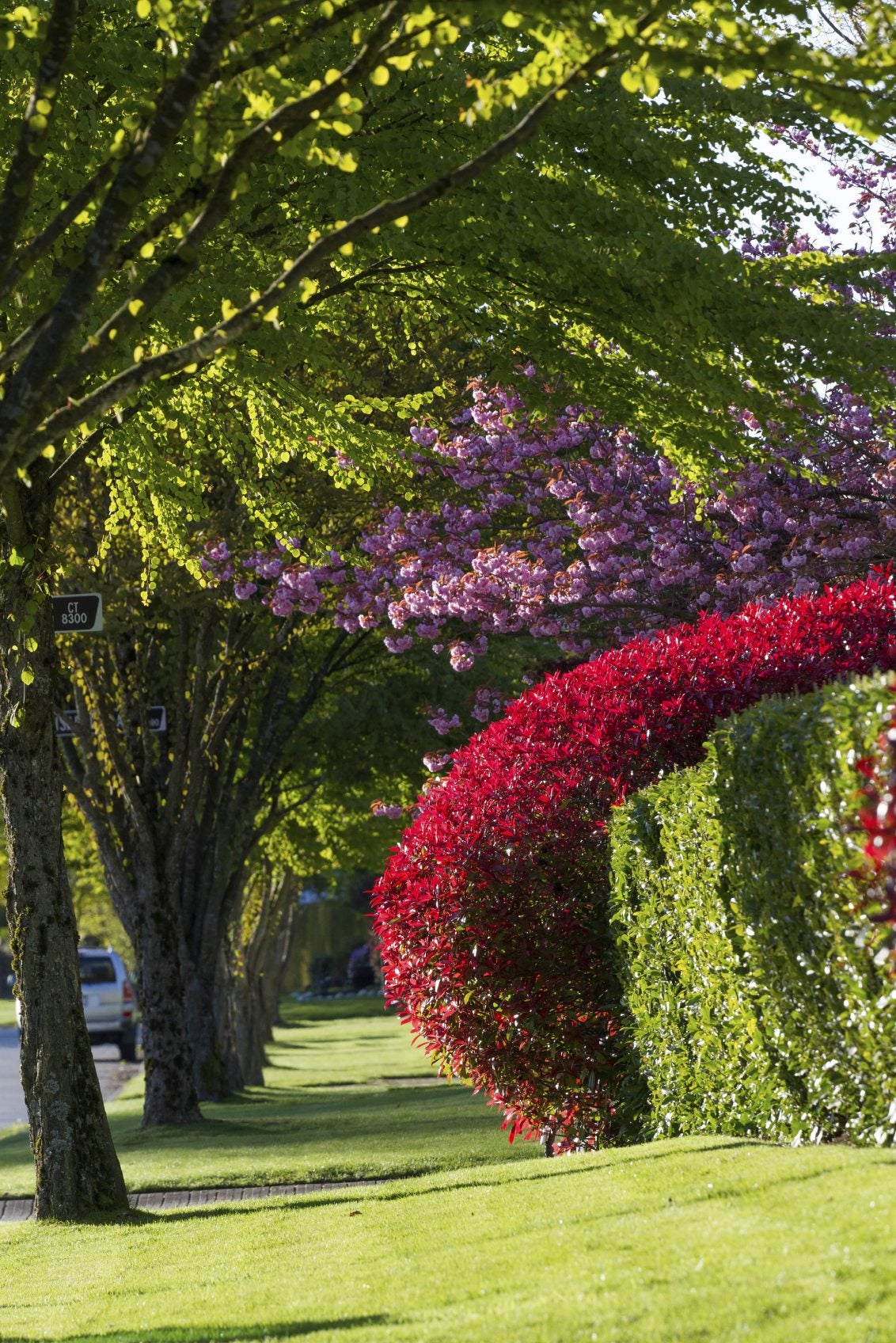 Can You Hard Prune Red Tips: Learn About Rejuvenating A Red Tip Photinia
Can You Hard Prune Red Tips: Learn About Rejuvenating A Red Tip PhotiniaRed tip photinias are a staple in Southern gardens where they are grown as hedges or pruned into small trees. Rejuvenating a red tip photinia is easy, and can make an aging shrub look new again. Click here for more.
By Jackie Carroll
-
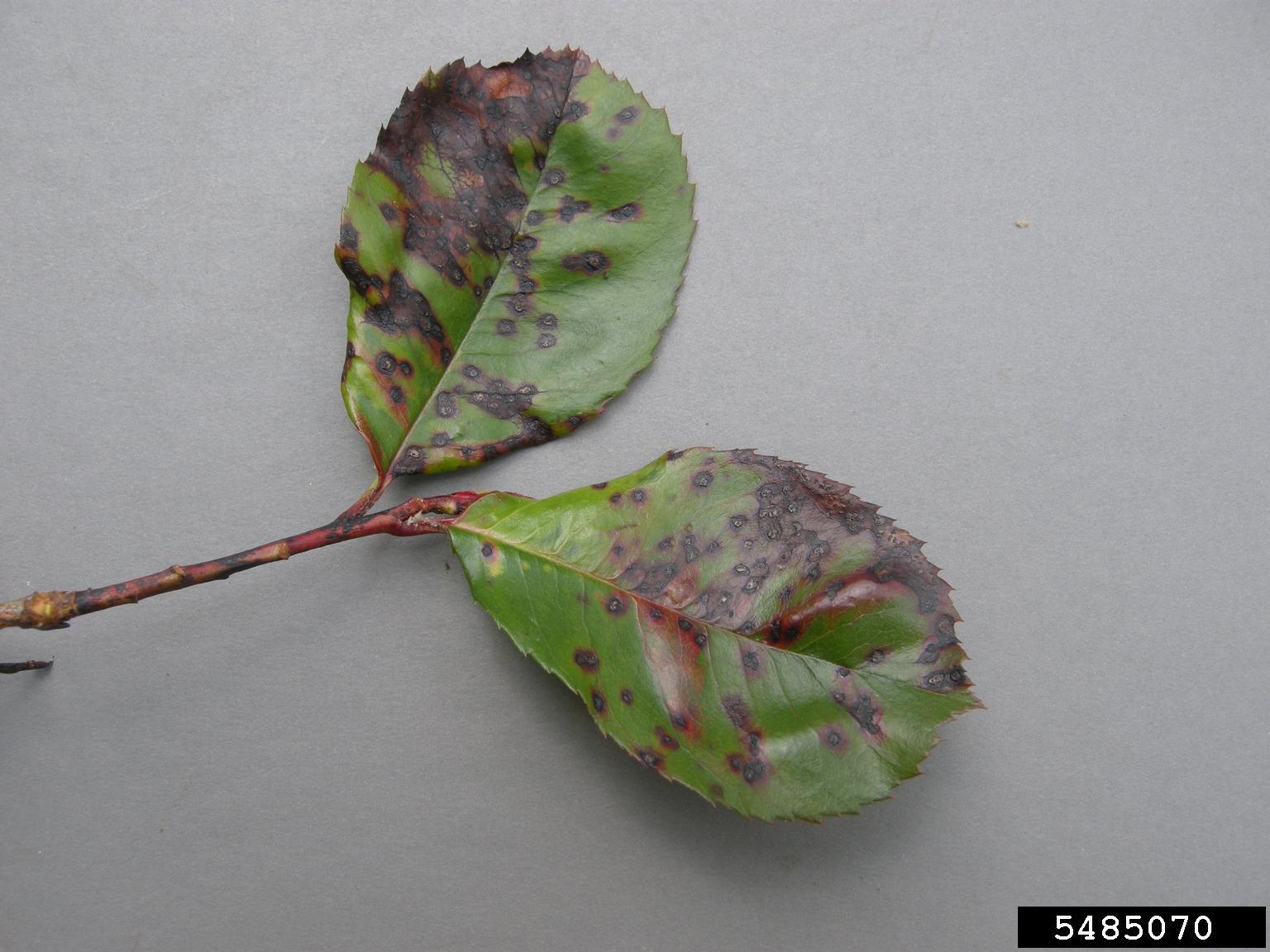 Photinia Leaf Spot - Prevention And Treatment Of Common Photinia Bush Diseases
Photinia Leaf Spot - Prevention And Treatment Of Common Photinia Bush DiseasesUnfortunately, with the overuse and close planting of red-tipped photinia, disease wasn't far behind and resulted in constant, yearly attacks by photinia fungus—also known as photinia leaf spot. Get more info here.
By Jackie Rhoades
-
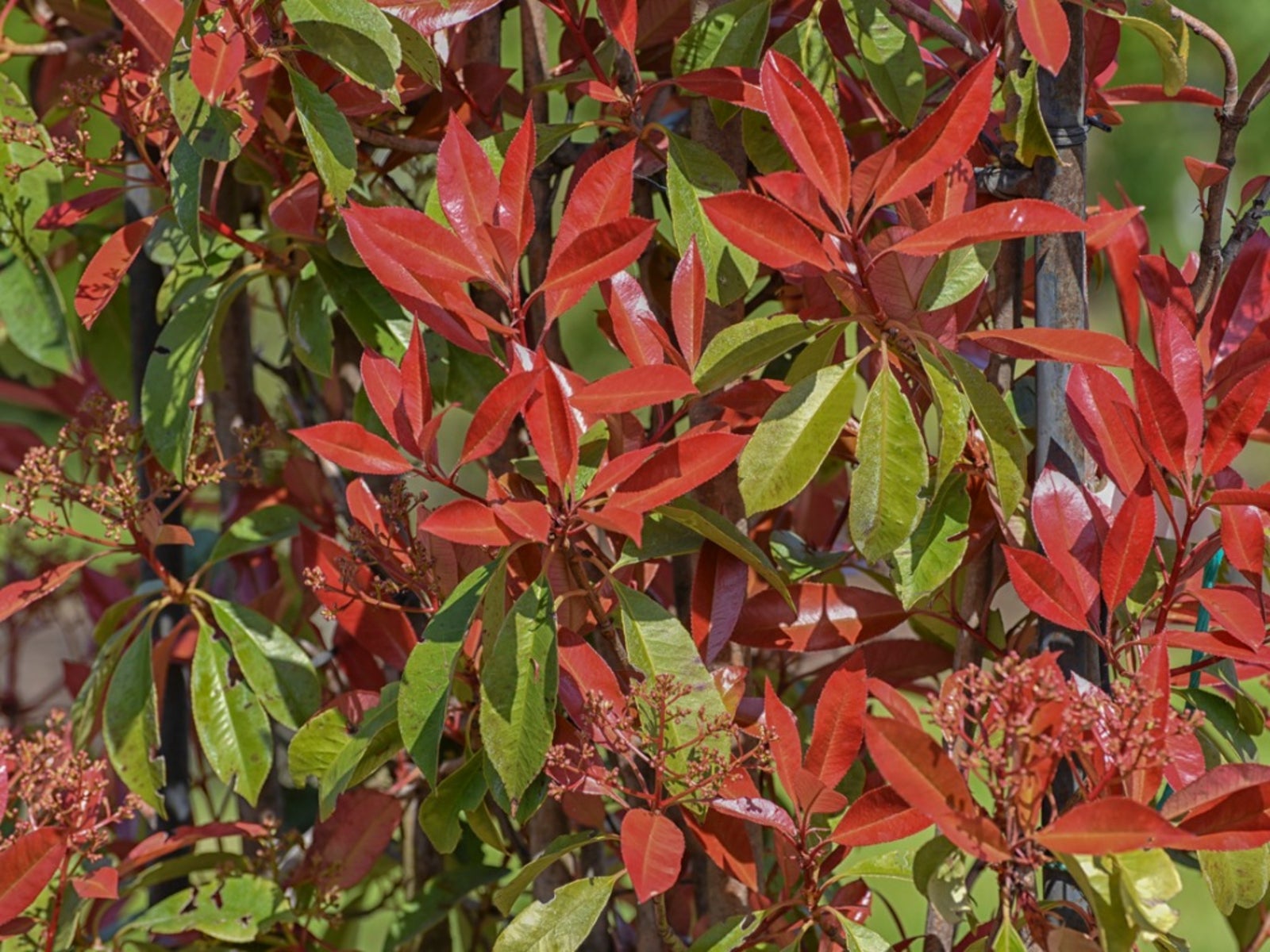 Growing Red Tip Photinia Plants
Growing Red Tip Photinia PlantsThe red tip photinia is a popular shrub. It is important to provide the red tip photinia with a few basics to maintain a healthy plant and avoid photinia disease. Find out how to grow photinia shrubs in this article.
By Shari Armstrong